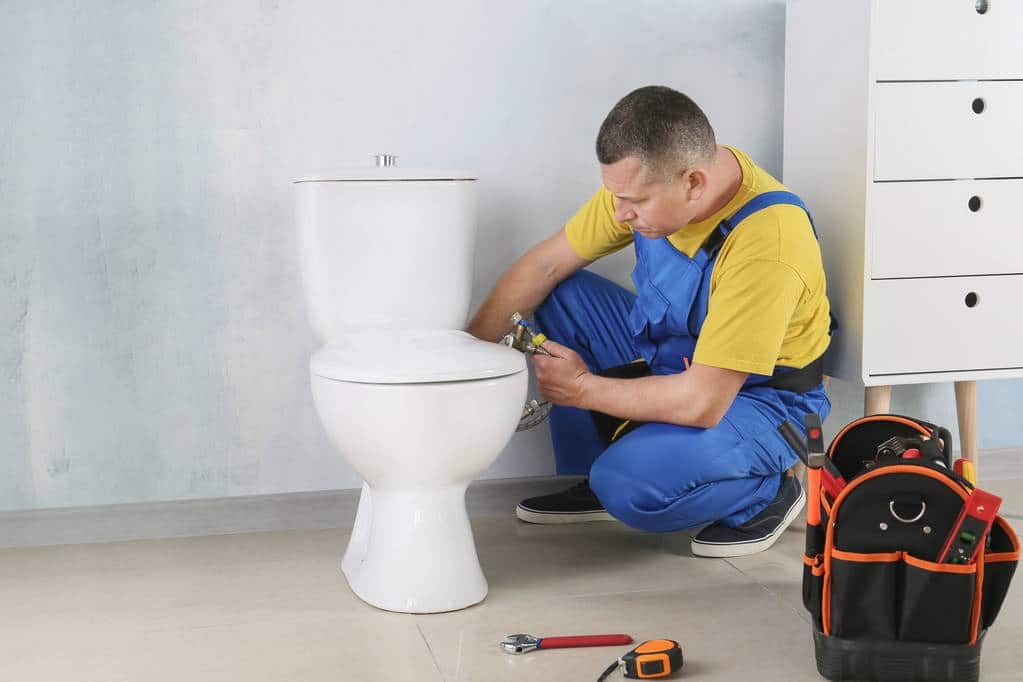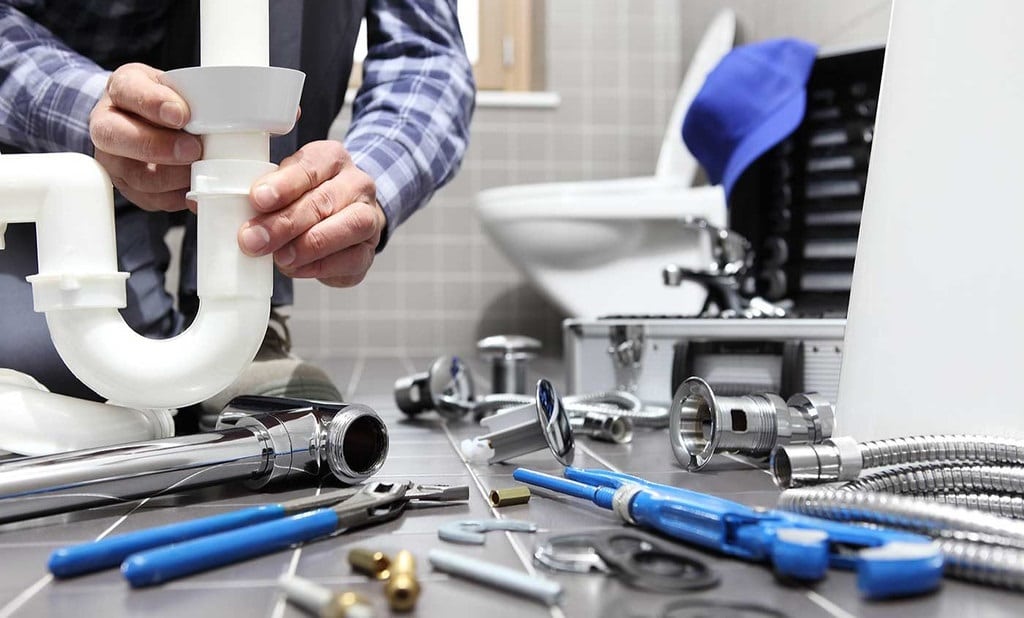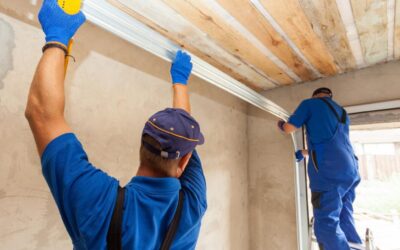Table of Contents
Installing A Toilet Using Existing Plumbing
Do you want to know about adding a toilet to existing plumbing? Few people would argue that installing an extra bathroom in the plumbing system in your home is a good idea. If you’re replacing a toilet, you’ll need to install plumbing, but unlike new construction, a remodel requires you to work around existing plumbing.
If your home is older, the existing plumbing may be outdated, but that isn’t always a reason to replace it as long as it is functioning and you follow all construction requirements. Make sure it can meet the new toilet’s supply and waste demands.
Read on below to know more about bathroom renovations and adding a bathroom to your home’s existing plumbing.
The Toilet

There is no doubt that the toilet is the most significant part of your bathroom, and it has unique waste and venting needs. It should preferably be connected directly to the main soil stack, which is the vertical pipe that leads to the sewer. However, if it has a 7.6 cm or 3-inch outlet, it must be within 1.8 metres or 6 feet of the stack for this to work.
Connecting the toilet waste line to a sink drain and allowing that drain to serve as a wet vent is the most typical approach to get around this.
Fixture Drainage
The sinks, shower, and bathtub must be connected to the current waste and vent system, which means they need a connection to the sewer and the main vent stack. In actuality, the events from all fixtures frequently converge in a single pipe that links to the main stack at a point higher than your house’s highest plumbing fixture.
The drains may connect, but it is also possible for each one to have its lookup above the soil stack. A minimum slope of 0.6 cm or 1/4 of an inch per foot is needed for both vent and pipes. A drain slopes towards the sewer, while the vent slopes towards the drain it services.
When fixing the drain, you need to consider:
- Drain Location: If the drain is too far away from the new bathroom, the existing drain may not have enough fall to reach it. It will not work if your present drain is a few inches beneath the concrete and the new bathroom is twenty feet away. The reason for this is that to allow gravity to function on wastewater, you need at least 0.3 to 0.6 cm or 1/8 to 1/4 inches per foot of fall, depending on pipe size.
- Drain Size: To manage toilet wastewater, you’ll need a drain size of at least 7.6 cm or 3 inches if you’re building a full bathroom. A measurement of 5 cm or 2 inches will not work and, the plumbing code restricts it. A two-inch line is sufficient if you are not installing a toilet and only want a shower and sink.
Water Supply
You should not use polyvinyl chloride (PVC) pipes for bathroom plumbing. Each pipe should be 1.3 cm or 1/2 an inch in diametre and connect to a main 1.9 cm or a 3/4-inch pipe. Keep in mind that drawing water for any bathroom fixture from a 1.27 cm or a 1/2-inch branch line that serves another is not a good idea.
This is based on the fact that it generates a rivalry for water, which is one of the main reasons a hot shower quickly turns chilly. Each supply line is usually “T” fixed in at the nearest convenient place on the main pipe. To minimise the wait for hot water, keep the hot water branch pipes as short as practicable.
There are several factors to consider, such as keeping the new bathroom adjacent to the existing house’s hot water supply. You will not need to install two water heaters due to this.
Special Considerations
If your house has unproblematic galvanised steel pipes, you do not have to replace them. However, do not add to the troubles they are bound to yield in the future by choosing galvanised plumbing for your new bathroom’s water supply.
Pipes made of copper or plastic are more hygienic, easier to install, and endure longer. Connecting PVC or PEX pipes to galvanised ones is simple, but connecting copper pipes requires dielectric unions, which keep the two dissimilar metals from coming into contact and prevent corrosion at the interfaces.
Cost Of Adding Another Toilet

Many people are hesitant to add a bathroom because they believe a toilet remodelling project is prohibitively expensive. Installing a toilet in the laundry or any other part of your house requires you to make several considerations.
In addition, finding the space in your house’s layout and constructing it makes the cost of adding a toilet appear impossibly high. However, that does not always have to be the case. The objective is to discover the proper strategy so that the expense of adding the toilet does not outweigh the gain. Remember that adding a bathroom to your property can considerably boost its value.
However, if you want to create a big, lavish bathroom, you can easily spend more. If you are renovating on a limited budget, you can save money by working with your current layout and using simple fixtures. Generally, ensure that you get an estimate that includes your project details without compromising your budget.
Does Adding A Toilet Increase Taxes?
The answer to this question is contingent on some things. If your project demands a permit, a tax assessor will notice the increased value you are adding to your home. You should expect an increase in taxes if you expand the square footage of your home. However, this should not trouble you because even if you pay a few extra dollars in taxes, the increased worth of your house will hugely surpass this modest cost.
The Value Of A New Bathroom
You undoubtedly want to know how much value an extra bathroom adds to your property before you can start making construction plans. That answer is difficult to pin down in terms of financial worth, but you can bet that many potential buyers will prioritise locating a property with at least two full baths, if not more. According to one study, adding a bathroom increased the sale price by 8.7%, more than twice as much as adding a bedroom.
If you don’t plan to sell your house in the foreseeable future, then the increased utility is the value you get. If you have ever had to wait in line to use the restroom or shower, you have probably fantasised about how pleasant it would be to have a second bathroom in your home.
Where Should You Add The New Bathroom?
Your first stumbling block can be that you do not believe that you have enough room in your house for a new bathroom. If you are wondering how much space you require for a new bathroom, you might be surprised to hear that you can build a half bath in just 0.9 by 1.5 metres or 3-by-5 feet. Moreover, you can comfortably put a sink, toilet, and shower in 7.6 metres square or 25 square feet.
You can install a new bathroom in nearly any place in your home as long as you have a small amount of free space, suitable electrical outlets, ventilation, and sound insulation. You may think that you do not have any available space, but chances are that you just don’t know where to look. Many people’s homes have hidden extra space in places like:
- Hallway: If your hallway runs the length of your property, maybe finishing in a window with no rooms on either side, you have found the ideal spot for a new bathroom.
- Closet: You can turn a spacious walk-in cabinet into a new bathroom. Do you have any connected cabinets? You should have just enough room for a half bath if you knock out the wall between them.
- Bedroom: If you have a large enough master bedroom, you may have unutilised space. Set aside that area to add an ensuite bathroom.
- Existing bathroom: Having two small bathrooms rather than one large one may be preferable. Cut the bathroom in half by adding the appropriate fixtures on each side.
Can You Build A Bathroom On Concrete Slab?
You must locate the existing water supply and waste lines to add a bathroom to a house built on a concrete slab. Then, to install the plumbing supply and drain lines, cut and remove the slab component. As best as you can, lay new concrete over the new plumbing and level the floors.
How Long Does A Toilet Reconstruction Take?
You can determine the length of time it takes to complete your toilet renovation. You can perform a simple cosmetic restoration of an existing toilet in a short amount of time. A more extensive makeover can take four and a half to nine weeks. You should expect the job to take much longer if you extend the footprint of your home to add a toilet.
Plumbing Tips For Adding A Toilet

Consider these suggestions for installing a new toilet to guarantee that your project is a success:
- Before you begin, decide how you want your new bathroom to look. For inspiration, look through pictures on home improvement websites.
- Place fixtures strategically. You can save money on construction and plumbing fees by placing your new fixtures next to existing water and waste lines.
- If you are going to put a door in your new bathroom, make it a swinging or sliding door. It will optimise the amount of space available for fixtures while making it easy for visitors to navigate your new bathroom.
- Keep an eye out for things that will make the procedure go more smoothly, either because they are more economical, simple to install, or both. Adding a toilet to an existing bathroom in an old house, on the other hand, will save a lot of money and time.
Renovating An Existing Bathroom
Consider the following suggestions for updating the current bathroom:
- Replacing your faucets with ones that have modern appeal is a cost-effective method to give your bath, shower, or sink a new look.
- Painting is a tried-and-true way to give any area a new lease on life. You may also use creative wallpaper, tiling, or wood planking to create an accent wall.
- Replacing your current light fixtures with bright ones you like is a terrific idea if you are unhappy with them.
- Consider putting a frame to the mirror instead of removing it entirely to give it a more fashionable appearance.
Installing A Toilet On Your Own
There are a few things to bear in mind if you are building or installing your new toilet on your own:
- When choosing a location, look for one that already has a window.
- Toilet fixtures can weigh up to about 9.7 Kgs or 20 pounds per square foot or metre, so make sure your floor can support the weight of your new bathroom.
- Make the calculations. The most compelling reason to tackle toilet remodelling yourself rather than hire a specialist is cost. You might not truly save that much money between the tools, equipment, and supplies.
- Another thing to consider is the price. Regardless, there are methods to save money while still getting the bathroom of your dreams.
Use Experts To Add A Toilet To Existing Plumbing
You can fit a new toilet into your existing plumbing if you have more space, accessibility to enough power outlets, airflow, and sound insulation. The entire procedure can be difficult, but if you gain the essential knowledge and work diligently, you will be able to obtain the desired result.
As always, you can always reach out to a reliable professional near you to add a toilet to your existing plumbing and avoid any errors that might arise if you put your DIY skills to the test.



